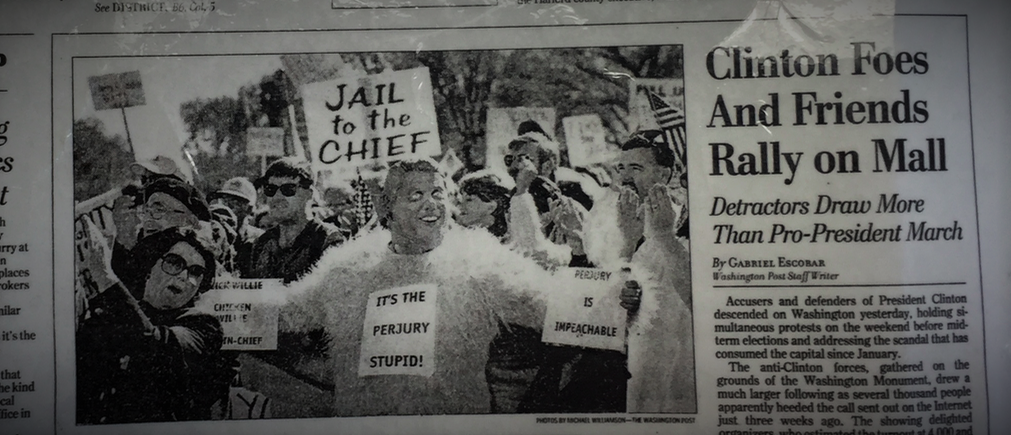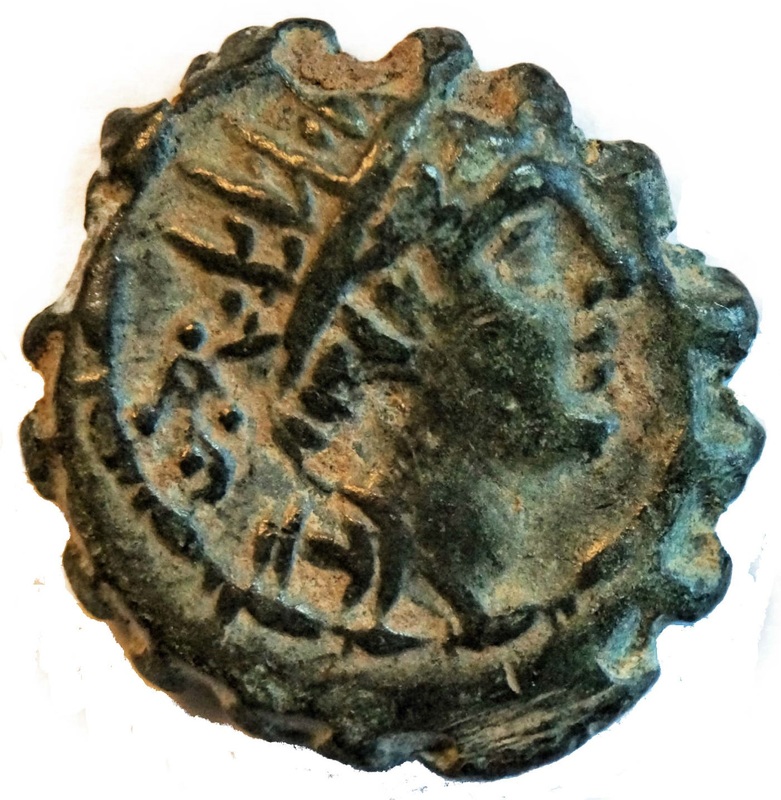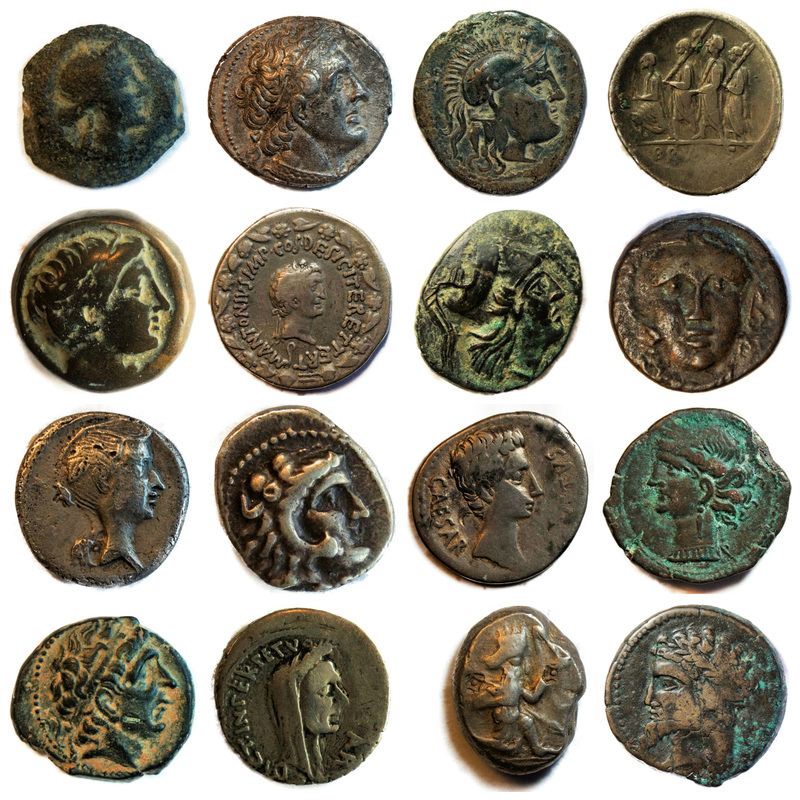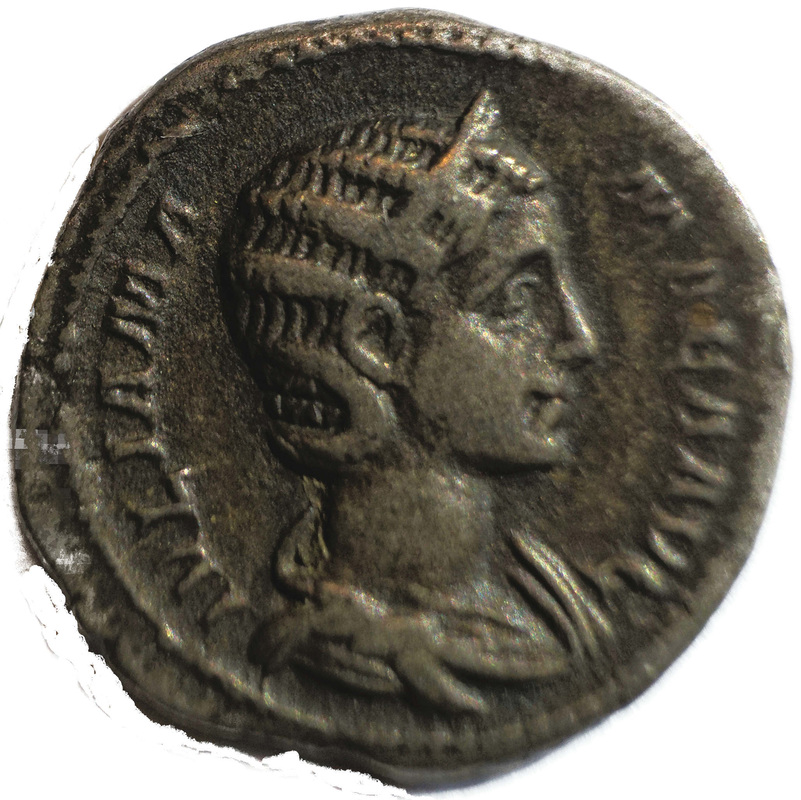|
THIS WILL BE THE FIRST in a series of posts on fundamental questions entrepreneurs face when they raise venture capital or angel funding. The hope is that in reviewing the basics will help when you are planning your fund raise.
The subject came up in a conversation with an entrepreneur wanting to raise seed capital to finance the formation of three investment funds. While this is not your typical entrepreneurial endeavor and involves no high technology product, the basic questions the entrepreneur faces are the same. After working through projections about how much money the effort was going to require and nailing down costs as best he could, the entrepreneur had a big number and was getting push back from potential investors. Here are the questions I posed and what the responses were. First, did he need to raise all three funds to have a successful business? The answer was that raising the first fund would give him a viable business. Second, what would it cost to set up and raise the first fund? Here, the number dropped from millions to substantially less than one million. Third, would the effort to raise the second and third funds be substantially hampered by raising the funds sequentially instead of all at once.? The answer was no. I was trying to find the real amount the entrepreneur needed to launch his business to help him decide how much money to ask investors for. The two underlying dynamics here are that 1) investors do not like to part with money they do not have to and 2) seed investment is the most expensive money to raise. While it is nice to have a big bank of money when you are starting out, if you raise more than you need you pay a heavy price for it. Because the money is more costly, you give up more ownership than if you deferred raising some of the money until later, when you have some success and can sell your company's equity at a more favorable price. If a viable approach here is to raise money for the first fund only, start the fund and then raise money for the second and third funds later when the business can show some success, management (the entrepreneur) is likely to be left owning more of the economic value of his venture. The risk, of this approach is that the money will be hard to find later because of lack of success or reasons beyond the entrepreneur's control. And, of course, you have to spend more time looking for money. In this case, raising a smaller amount to jump start the first fund also answered the questions the entrepreneur was already fielding from the family offices he had targeted.. And, it also brought his amount down to an amount that would be easier to fund from family offices and angel investors, his primary investor focus for the fund raise. The image above is part of a mosaic found in Pompeii. Happy Halloween to all. FOR THOSE OF YOU WHO ASKED OR WONDERED about proof to back up my Chicken Willie and entrepreneurial drive post last July, here's a newspaper photo of my client and successful entrepreneur suited up for his second passion during the Clinton / Bush election, now many years ago.
The photo, from the Washington Post's Metro Section, expresses some of the passion that the entrepreneur also directed to his business. That kind of passion helped my client succeed in a competitive business environment. The fact that he was able to locate the photo to share with us is further evidence of entrepreneurial passion. If you missed the posting last July 27, here it is repeated below. Enjoy! "I GOT THE CALL while driving up the expressway after work one Friday. President Bill Clinton was visiting our city and I had a very excited client on the phone. "Clint! You've got to look for me on the local news tonight! I should be on a story about President Clinton." "What?" I replied. "You hate President Clinton." "I know but you have to watch! My brother and I were wearing our chicken suits along the motorcade and something happened. We were interviewed by reporters." This was when I learned that my valued client, paragon of the community, successful entrepreneur and businessman had a side to him I did not know. It turns out he was politically active. No, he was politically passionate. How could I not know that? And, he explained, he took great offense during Bill Clinton's campaign against George H. W. Bush in 1992 when Clinton operatives started showing up at Bush rallies in chicken suits carrying "Chicken George" signs. It made him so mad that he bought two chicken suits that he and his brother would wear at Clinton rallies and events carrying "Chicken George" signs. This had been going on for a long time. It was years since Bill Clinton had first been elected. "I was along the motorcade route in my chicken suit with my sign having a great time talking with people. But the motorcade was delayed and then more delayed. And, then someone tapped me on my shoulder." "When I turned around it was a tall guy in a black suit holding and Secret Service badge. He asked me if it was my box labeled Chicken Suit in the stairwell of a nearby office building." "I knew this was no time to lie." My client, we will call him George, explained he had carried his chicken suit in the box and changed in the stairwell. The Secret Service found the box and called the bomb squad. The President's motorcade was rerouted. The news crews caught the his meeting with the Secret Service but it did not make the nightly news to George's disappointment. So, what's my point? George was a successful entrepreneur, whose success created hundreds of jobs. He created a great business from an idea, perseverance, and passion while he was still in college. He is someone to be admired. And, at least in this one respect, he was a bit eccentric. People who take on the challenge of building and growing a great business are not milk toast. Many of them have quirks. Some (not George) are downright difficult to deal with. But most of them share one trait. They are passionate about what they do. And they act when they see something that needs to be fixed." A FRIEND RECOMMENDED an audio book series from The Great Courses series over lunch the other day. The lecture series is called The World Was Never the Same: Events That Changed History. by J. Rufus Fears at the University of Oklahoma. As my friend described it, the course reviews history through events, like the discovery of America by Christopher Columbus, that dramatically changed the course of human events. The most recent event treated was 911 and all the changes it has brought about in lives around the world. Most would agree that 911 changed the world as we knew it. I think, my friend continued, that the line in the sand President Obama drew in 2012 and failed to back up may become the next event that changed history when people look back on our time. Since then, he noted, the war in Syria has become unconventionally brutal with chemical weapons, bombing of civilians and health care facilities with the resulting destruction of a nation state that has sent unprecedented numbers of immigrants fleeing into Europe. If you watch the news, you know much of the rest. Turmoil in the Middle East, ISIS exporting terror throughout Europe and beyond, budget strains and humanitarian crisis throughout Europe followed by rising nationalism that fueled BREXIT and the rise of an electorally significant right wing party in Germany for the first time since World War II. Unsettling stuff, to be sure. But what is a line in the sand? And, where did the phrase come from? First, to set the record straight, there was no Obama "line in the sand" in 2012. He drew a red line instead. In a press conference on August 20,2012 President Obama stated: "We have been very clear to the Assad regime, but also to other players on the ground, that a red line for us is we start seeing a whole bunch of chemical weapons moving around or being utilized. That would change my calculus. That would change my equation. . . . We have communicated in no uncertain terms with every player in the region that that’s a red line for us and that there would be enormous consequences if we start seeing movement on the chemical weapons front or the use of chemical weapons. That would change my calculations significantly." This was followed by the use of chemical weapons in Syria without an American response calling into question America's resolve and, some believe, accelerating the escalation in the horrible violence and war crimes that have engulfed Syria and the Middle East.
So, where did the line in the sand originate? One candidate, the recipient in this case, is identified on the coin above. Antiochus IV was the Seleucid Emperor who ruled a vast empire to the east of Rome that included Syria. In 168 BC, he launched a campaign to annex Alexandria to his conquest of Egypt. He had successfully subdued the remaining part of Egypt in a preemptive strike in 170 BC. This second campaign, however, was thwarted before it could reach the city. Roman Senator Gaius Popillius Laenas confronted Antiochus and demanded he withdraw or face war with Rome. While Antiochus was stalling for time, Laenas drew a circle around him in the sand and demanded a decision before Antiochus left the circle. The Seleucid Emperor conceded and the phrase "line in the sand" came into being. Wikipedia describes both the red line and the line in the sand as figurative points of no return or as limits beyond which safety can no longer be assured. A poker player might call it a bluff, at least when it is not backed up with action. And, of course, that's always the question when someone draws a line. Is it really a bluff? Was Laenas' line in the sand a bluff? We will never know. The Syrian he was facing did not challenge his threat, choosing instead to retreat and leave Alexandria alone. Image courtesy of the Ancient Selfies Collection. Coin front of Antiochus IV, Seleucid Emperor, 175 to 164 BC. More about Antiochus and other ancient rulers in Ancient Selfies: History Revealed Through The World's First Social Media to be published later this year. IF YOU FOLLOW THIS BLOG and wonder who identified the most coins from our September 19 entry Who do you know? wonder no longer. The winner and recipient of the proof copy of Ancient Selfies is John Runningen, Atlanta-based Principal with Commenda Capital.
John identified six of the faces on the coins. If you number the rows (1-4) and letter the columns (A-D) , those faces are Cleopatra (A1), Ptolemy I (A2), Philip of Macedon (B1), Marc Antony (B2), Alexander the Great (C2), Octavian Augustus (C3), Congratulations John! And, thanks to all who expressed interest in the exercise. The identified coins were hand stamped and issued in the four centuries before Christ. Cleopatra's coins was issued by her while she was under attack by the forces of her brother Ptolemy XIII on the island of Cyprus. Alexander's coin was issued from Ecbatana, the city where he threw a three month celebration of his great victory over the Persians at Gaugamela. These stories and others like them are the subject of Ancient Selfies, soon to be released in paper and ebook editions. THIS SYRIAN BORN NIECE of Roman Emperor Septimius Severus became the first woman to openly and officially rule the Roman Empire. On her coin, Julia Mamaea appears with heavily curled hair and wearing a crown.
She first came to power with her mother when her son, Severus Alexander, ascended to the throne at the age of 14. He was thrust into the position when hIs predecessor Elagabalus was murdered by the Praetorian Guard. The two women, both named Julia, were named co-regents for Alexander because of his youth. The two openly administered affairs of State for the under aged Alexander. Julia ruled ably at first, reversing scandalous policies of her predecessor, appointing 16 distinguished senators as her advisors, and making the distinguished lawyer Ulpian her chief advisor and head of the Praetorian Guard. When Alexander reached adulthood after the death of Julia's mother, Alexander conferred on Julia the title of consors imperii . The position, which meant partner in rule, had been previously offered to co-emperor Lucius Verus by Marcus Aurelius. The appointment of a women to the position was unprecedented at the time. Romans, however, were not unaccustomed to the idea of being governed by a woman. Julia's aunt Julia Domna had been remarkably visible in administering governmental functions for her husband Emperor Septimius Severus and her son Emperor Caracalla. During Julia's reign, Julia received the title of Mater Castorum (mother of the camps) and Mater Senatus (mother of the Senate) and largely avoided scandals. Her contemporaries described her as virtuous. She consulted with the Christian theologian Origen about Christian doctrine. Even so, Julia could ruthless when her interests called for it however. When her son married Barbia Orbiana in 225 and her father was made co-emperor, Julia had Barbia removed from the palace and ordered the murder of her father (and co-emperor). You might think it would be hard to find any common ground between a Roman Empress and a Presidential candidate what with times being so different. You might try foreign policy however. Some think that is a shortcoming of Hillary and international affairs were certainly not Julia's strong suit. As consul imperii she accompanied her son on military missions with the Legions.. And with him she tried to settle a major dispute with the Alammani. She got a 'deal' with the Alammani but the terms were so unpopular with members of Rome's 22nd Legion that they lynched both her and her son, raising their own Maximinius to the throne. |
the blog
Travel, history, and business with original photos.
your hostClinton Richardson - author, photographer, business advisor, traveler. Categories
All
Archives
July 2023
Follow us on Facebook
|
Check out Ancient Selfies a 2017 International Book Awards Finalist in History and 2018 eLit Awards Gold Medal Winner and
Passports in his Underpants - A Planet Friendly Photo Safari a 2020 Readers' Favorite Winner in Nonfiction
Site Copyright 2024 by Clinton Richardson





 RSS Feed
RSS Feed